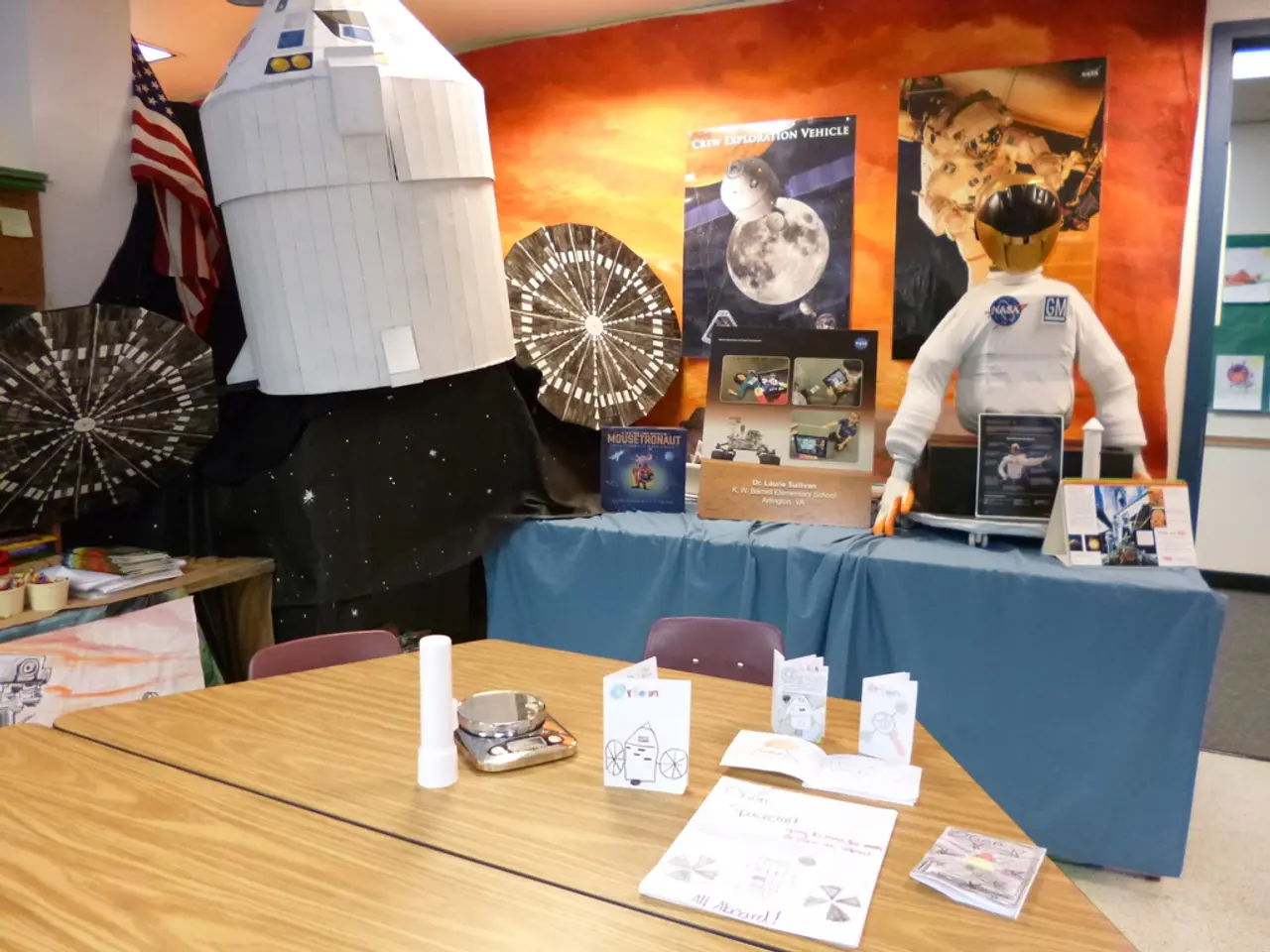Quantum Vacuum Energy: Harnessing the Unexploited Power
Zero-point energy, a concept that has fascinated physicists for decades, continues to be a hot topic of research as scientists strive to unify quantum mechanics with general relativity. The potential applications of zero-point energy are vast, ranging from advanced quantum sensing to revolutionary technologies like propulsion and alternative energy sources.
Current research efforts primarily focus on observing and manipulating the quantum zero-point motion of particles and molecules rather than directly harnessing energy from it. Recent breakthroughs include the isolation and control of quantum zero-point motion in nanoparticles at room temperature, direct visualization of complex zero-point motion in molecules, and the exploration of quantum sensing technologies leveraging zero-point energy principles.
One notable achievement is the ability to isolate and control quantum zero-point motion in nanoparticles using optical tweezers and laser systems. This creates quantum states with unprecedented purity, enabling stable study and manipulation of quantum behavior in particles despite their internal thermal energy [1].
Scientists have also managed to directly visualize complex zero-point motion in molecules, revealing coupled vibrational patterns of atoms even at their lowest energy state. Using powerful X-ray lasers, they have taken snapshots of atomic "dances" driven by zero-point energy, providing fundamental insights into quantum mechanics and molecular behavior [3][5].
Researchers are also exploring the potential of quantum sensing technologies to detect elusive phenomena such as dark matter and neutrinos. Quantum sensors enhanced by zero-point motion principles may surpass classical limits in precision for fundamental physics and applied technologies like navigation and medicine [1][2].
Potential applications of zero-point energy research extend beyond quantum sensing. Understanding zero-point energy motion in molecules aids in precise modeling of quantum systems, potentially impacting fields from chemistry to materials science [3][5].
The Casimir effect, predicted by Dutch physicist Hendrik Casimir in 1948, is an attractive force that arises when uncharged, parallel conducting plates are placed in close proximity due to the restriction of virtual particle wavelengths between them. The Casimir effect was experimentally verified in 1997, providing evidence for the reality of zero-point energy and the quantum vacuum [6].
However, harnessing zero-point energy as a usable energy source remains a challenge due to the rapid and small-scale nature of its fluctuations. Research into exotic materials such as graphene and topological insulators may yield new insights into the behavior of quantum fluctuations [7].
The potential for zero-point energy to revolutionize technologies is captivating, but concerns about the potential unintended consequences of tampering with the quantum vacuum persist. Some speculative theories suggest that manipulating zero-point energy could have far-reaching effects on the fabric of spacetime itself [4].
The journey ahead in exploring zero-point energy is filled with challenges and opportunities for the scientific community. Collaboration between theorists and experimentalists will be crucial for advancing research in this field [8]. The realization that even the emptiest regions of space are teeming with energy has profound implications for our understanding of the universe [9].
In summary, current research on zero-point energy centers on observing and manipulating quantum zero-point motion for advanced quantum sensing and fundamental understanding of quantum phenomena. Potential applications mainly lie in sensing technologies and fundamental physics rather than direct energy harnessing [1][2][3][5]. The mysteries of zero-point energy could lead to a paradigm shift in our understanding of energy, matter, and the fundamental nature of reality.
References
- Quantum Sensing with Solid-State Spins
- Quantum Sensors: Fundamentals and Applications
- Visualization of Zero-Point Motion in Molecules
- Quantum Gravity and the Casimir Effect
- Quantum Motion of Molecules: From Vibrations to Rotations
- Experimental Realization of Casimir Forces Between Two Parallel Plates
- Graphene and Topological Insulators for Quantum Fluctuations
- Collaboration Between Theorists and Experimentalists in Quantum Physics
- The Quantum Vacuum: A New Frontier in Physics
- The potential for zero-point energy to revolutionize technologies, such as space exploration and industry, lies in the advancement of quantum sensing technologies, offering improved precision for navigation and medicine.
- As researchers continue to observe and manipulate quantum zero-point motion, the science of space economy might be impacted by precise modeling of quantum systems in fields like chemistry and materials science.
- The understanding of zero-point energy in space-and-astronomy could lead to a paradigm shift in our comprehension of the universe, potentially revealing insights about the behavior of particles and molecules in extreme conditions.




